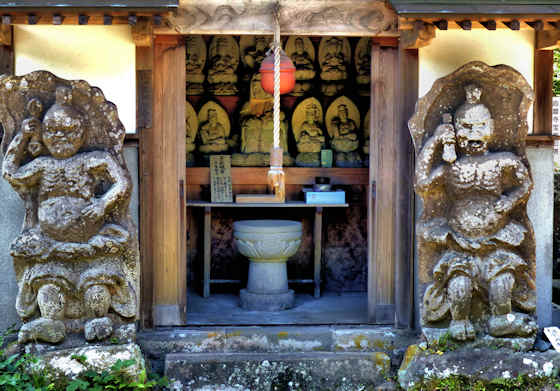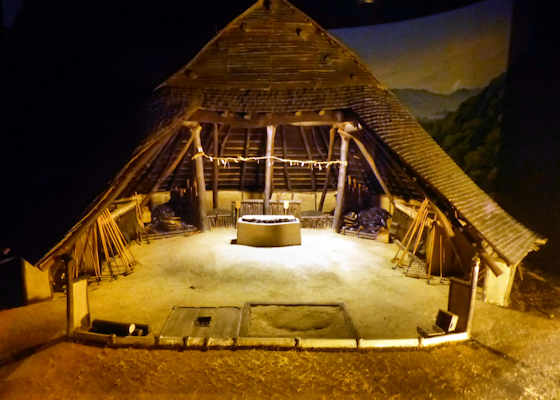Saturday, October 7, 2023
Reikyu Shrine Shimabara
Friday, October 6, 2023
Hata Shrine Nagahama
Thursday, October 5, 2023
Nabeshima Mansion Garden
When the mansion was built in the late 17th century it had a pond-type garden, but in the early 20th century the garden was renovated and the pond was removed and the garden turned into a dry, karesansui, stroll-type garden.
A path does lead up to the high ground where you can look down on the garden, mansion, and surrounding area and on clear days as far as Mount Unzen.
The previous post in the series was on the Nabeshima Mansion itself and includes photos of the gardens in front of the property.
Labels:
garden,
kyushu108,
nagasaki,
preservation district
Wednesday, October 4, 2023
Oreki Temple 7 Kyushu Fudo Myo Pilgrimage
Labels:
dragon,
en no gyoja,
Fudo Myojin,
kannon,
Kunisakihanto Minemichi Long Trail,
kyushu fudo,
nio,
tendai
Tuesday, October 3, 2023
Nabeshima Mansion
Labels:
Architecture,
kyushu108,
mansion,
nagasaki,
preservation district
Sunday, October 1, 2023
Okuizumo Tatara Sword Museum
Subscribe to:
Posts (Atom)



































































